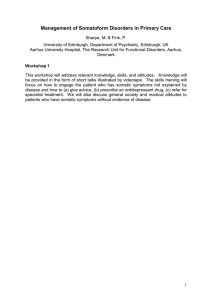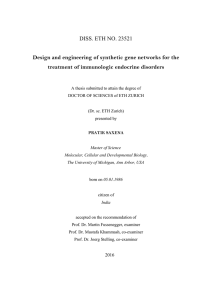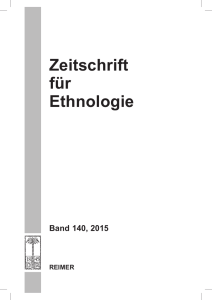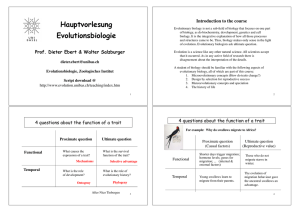Cloning and functional analysis of bacterial - ETH E
Werbung
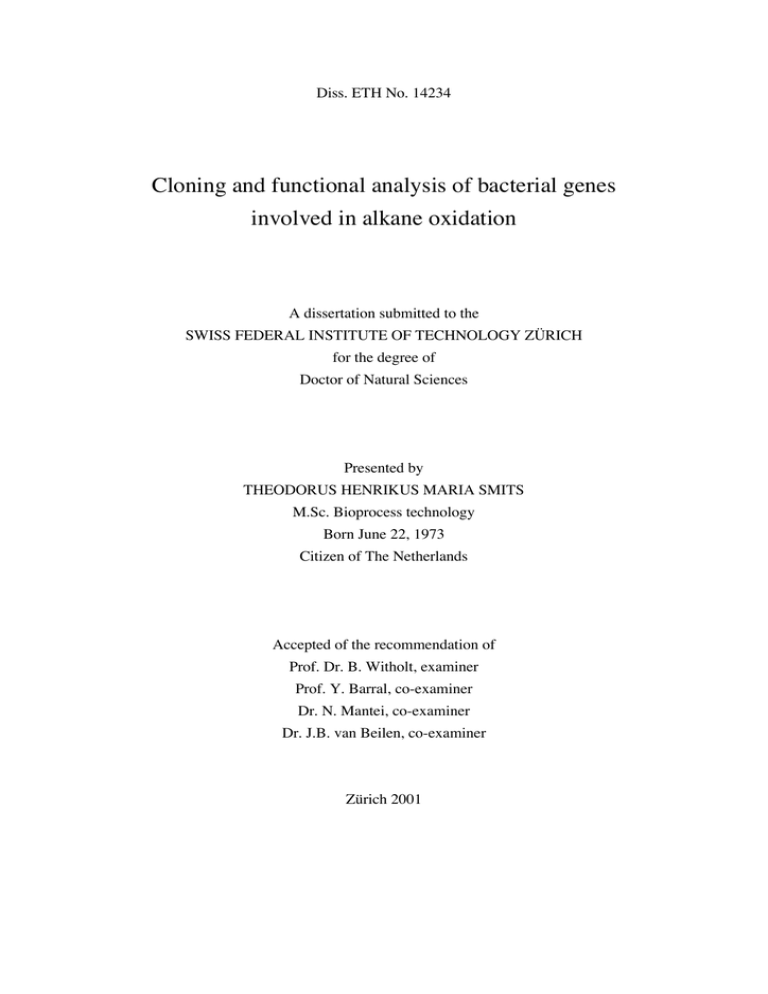
Diss. ETH No. 14234 Cloning and functional analysis of bacterial genes involved in alkane oxidation A dissertation submitted to the SWISS FEDERAL INSTITUTE OF TECHNOLOGY ZÜRICH for the degree of Doctor of Natural Sciences Presented by THEODORUS HENRIKUS MARIA SMITS M.Sc. Bioprocess technology Born June 22, 1973 Citizen of The Netherlands Accepted of the recommendation of Prof. Dr. B. Witholt, examiner Prof. Y. Barral, co-examiner Dr. N. Mantei, co-examiner Dr. J.B. van Beilen, co-examiner Zürich 2001 vi Summary Many bacteria can use linear n-alkanes as sole carbon and energy source for growth. In Pseudomonas putida (oleovorans) GPo1, the first step of alkane oxidation is catalyzed by an integral-membrane non-heme iron alkane hydroxylase (AlkB). The aim of this study was to clone new alkane hydroxylases for structure-function analysis. For this purpose, highly degenerate oligonucleotides were developed to amplify internal fragments of genes homologous to the GPo1 alkane hydroxylase. Many bacteria able to grow on medium (C6-C11) or long-chain (C12-C16) alkanes yielded PCR fragments encoding peptides with 37.1-100 % sequence identity to the corresponding fragment of the GPo1 AlkB. Using the PCR fragments as probes, we have cloned the alkB homologs from several Gram-negative and Gram-positive strains. Four recombinant host strains expressing all proteins necessary for growth on alkanes except an alkane hydroxylase and alkane-responsive expression vectors were developed for the functional analysis of the alkane hydroxylase homologs. All newly cloned alkane hydroxylases enable at least one of the hosts to grow on alkanes. Sequence comparisons and in vivo mutagenesis of the GPo1 alkB give first indications as to which amino acid residues are important for substrate binding and catalysis. vii Zusammenfassung Viele Bakterien wachsen auf n-Alkanen. Der erste Schritt des Alkanmetabolismus wird in Pseudomonas putida (oleovorans) GPo1 von einer membrangebundenen nicht-HämEisen Alkan-Hydroxylase (AlkB) katalysiert. Das Ziel dieser Studie war es, neue AlkanHydroxylasen zu klonieren beziehungsweise Struktur-Funktionsbeziehungen zu analysieren. Dazu wurden, mittels hoch degenerierter Oligonucleotiden, interne Genfragmenten amplifiziert, welche der GPo1 Alkan-Hydroxylase Gensequenz ähnlich sind. Aus einer Vielzahl von Gram-negativen und Gram-positiven Bakterien die auf mittellangen (C6-C11) oder langkettigen (C12-C16) Alkanen wachsen, konnten solche PCR-Fragmenten, deren Proteinsequenzen 37.1-100 % Identität zu dem korrespondierenden Teil der GPo1 Alkan-Hydroxylase haben, erhalten werden. Mittels PCR-Fragmenten als Sonden für das Southern und Colony Blotten wurden homologe alkB Gene aus fünf Gram-negativen und zwei Gram-positiven Bakterien kloniert. Zur Bestätigung, dass die homologe Alkan-Hydroxylasen auch wirklich Alkanen oxidieren, wurden vier Wirt-Stämme entwickelt, welche mit Ausnahme der Alkan-Hydroxylase alle für das Wachstum auf Alkanen notwendig Proteine exprimieren. Die Funktion der neu klonierten Alkan-Hydroxylasen wurde in den vier Wirt-Stämme erfolgreich getestet. Sequenzanalysen und in vivo Mutagenese des GPo1 alkBs ergaben zudem erste Hinweise auf die für Substratbindung und Katalyse wichtige Aminosäuren.



